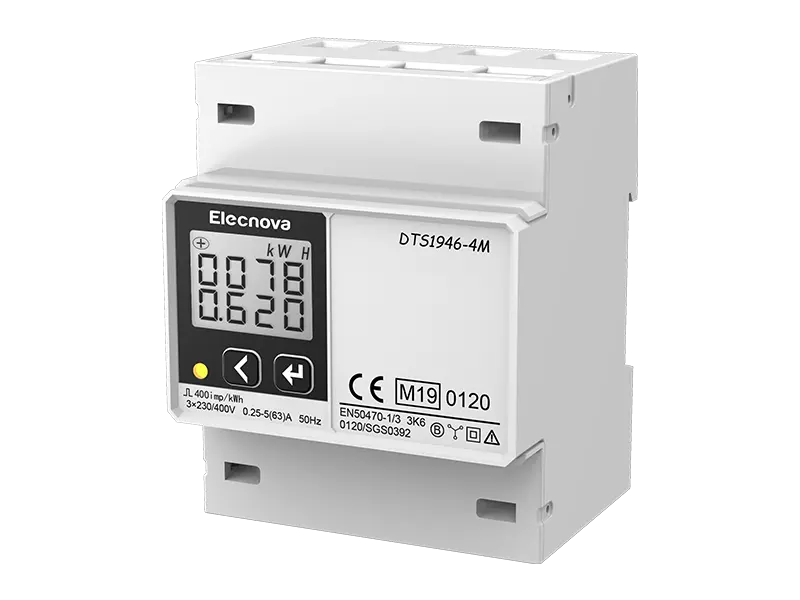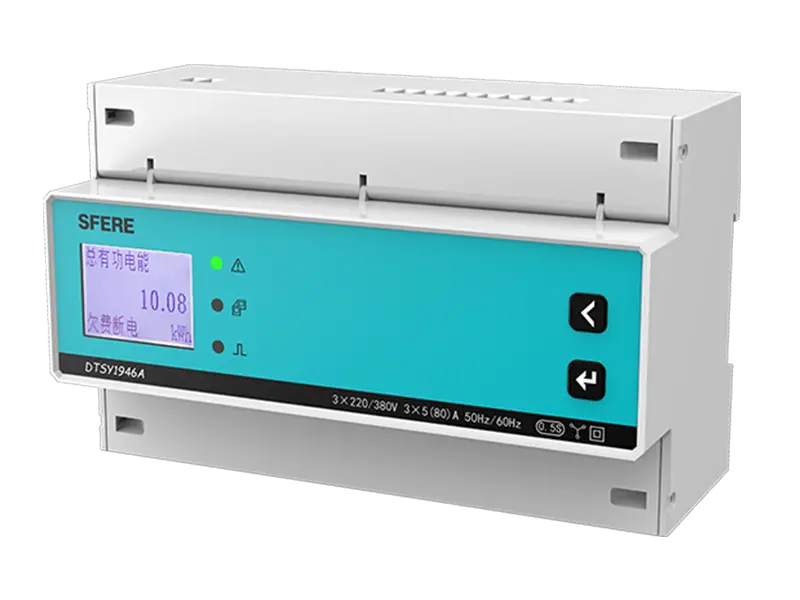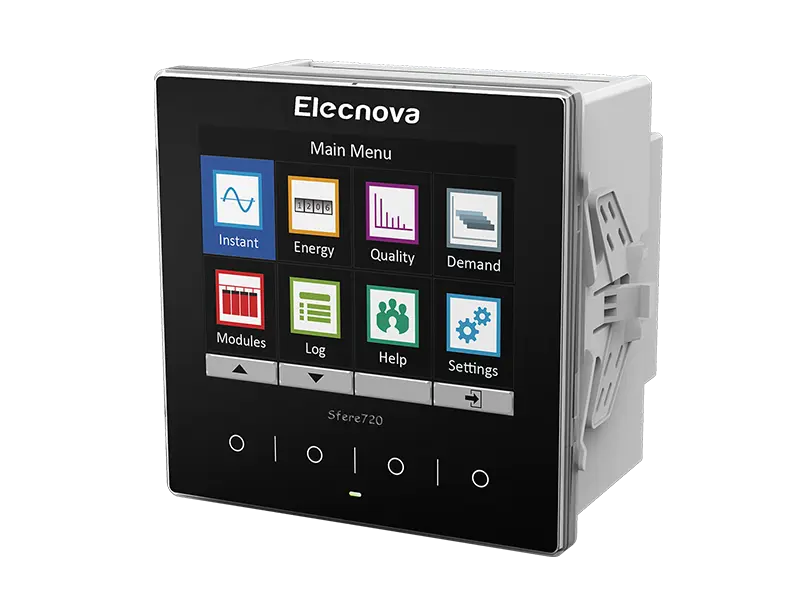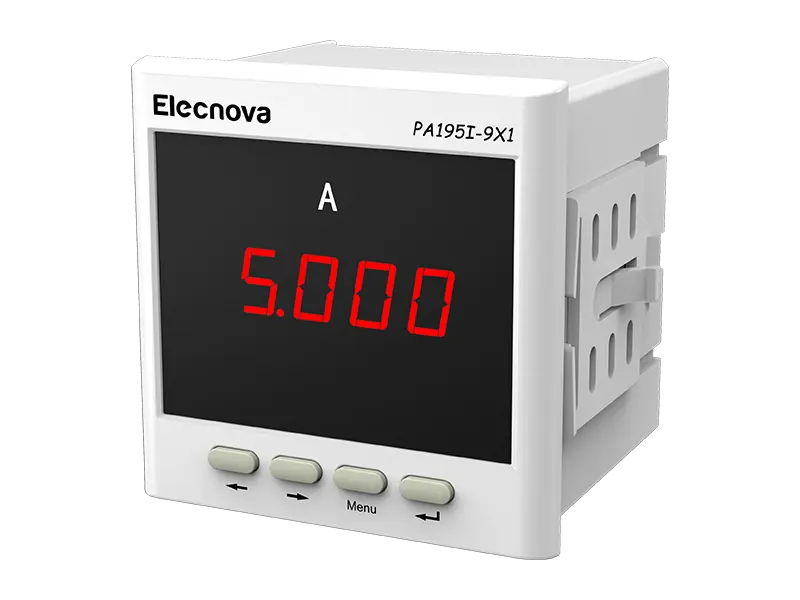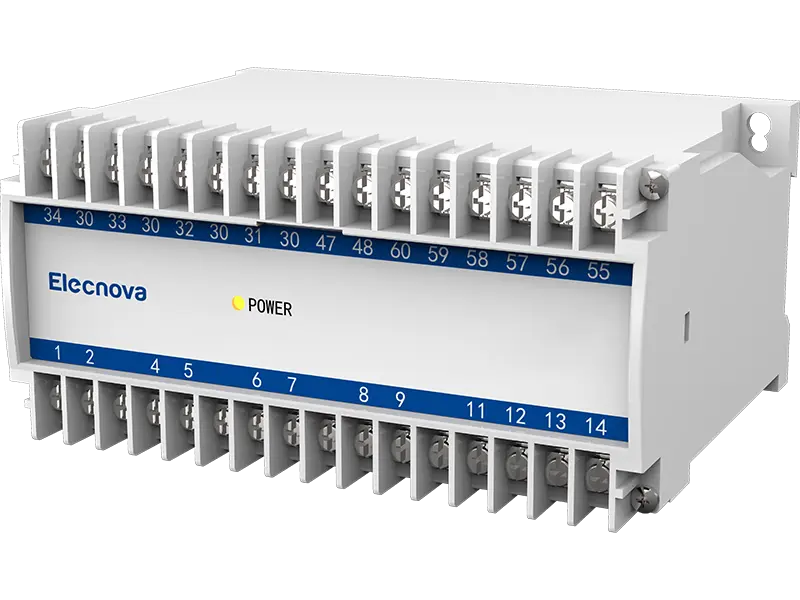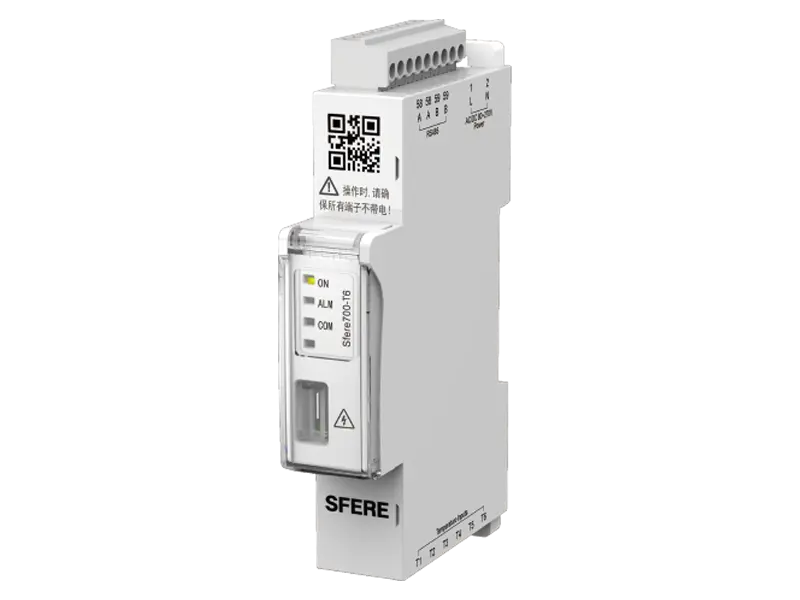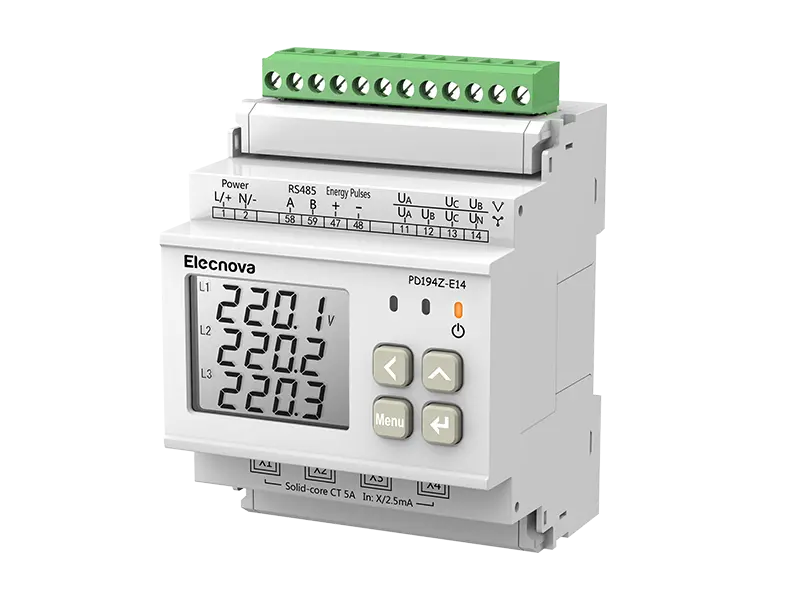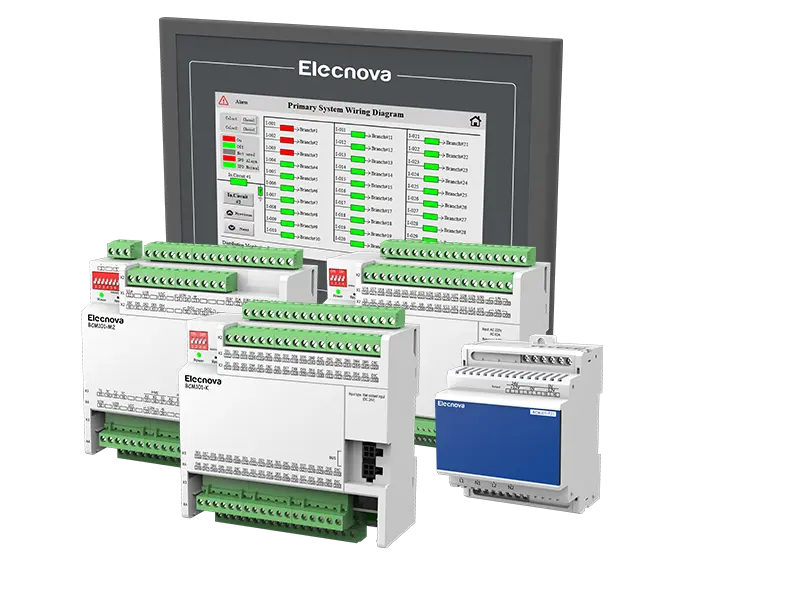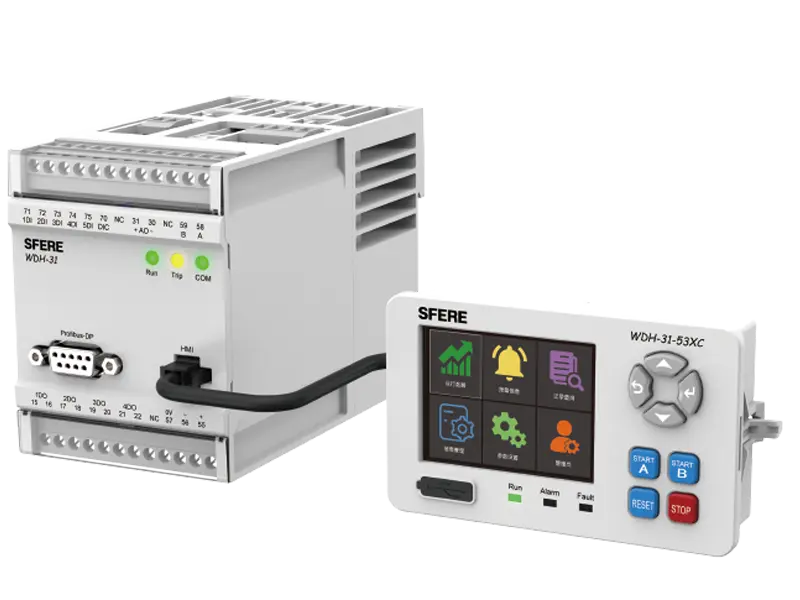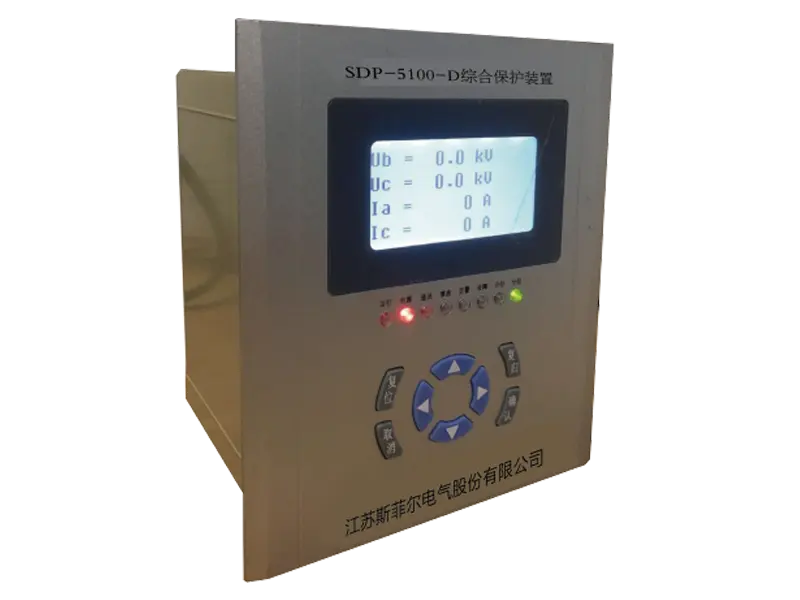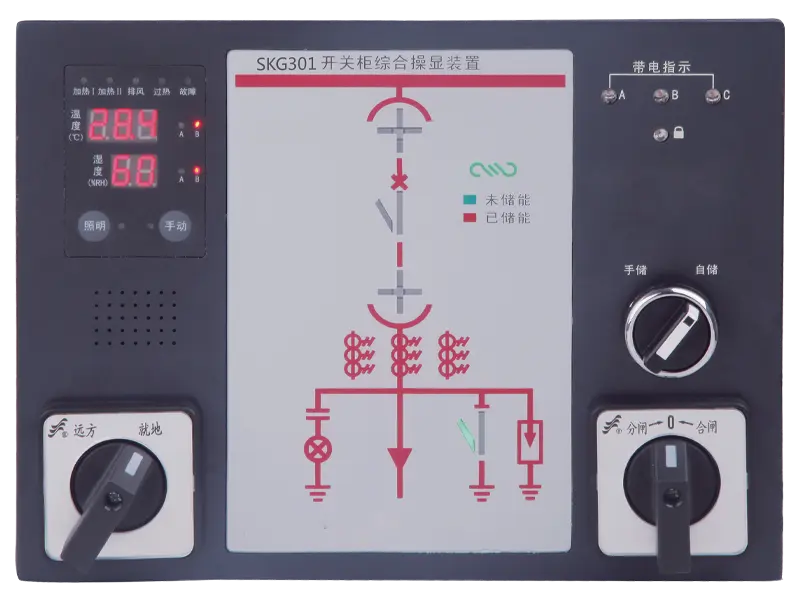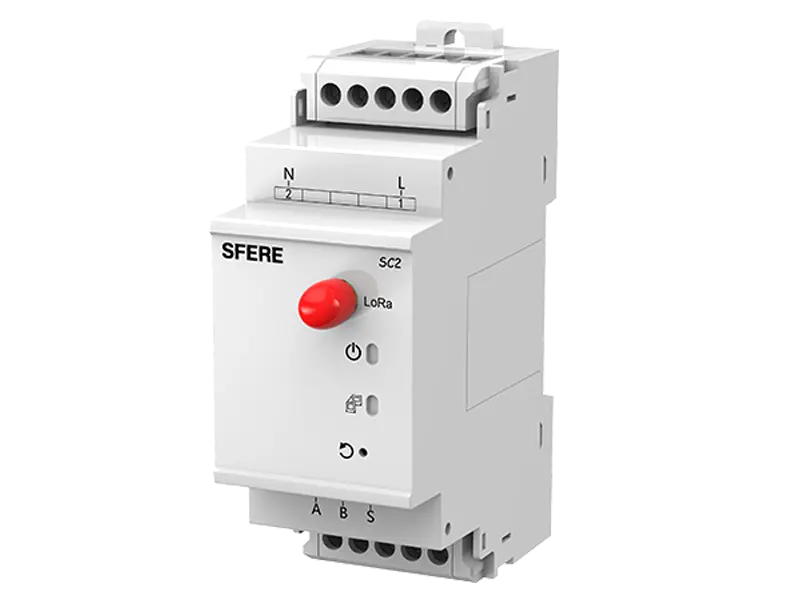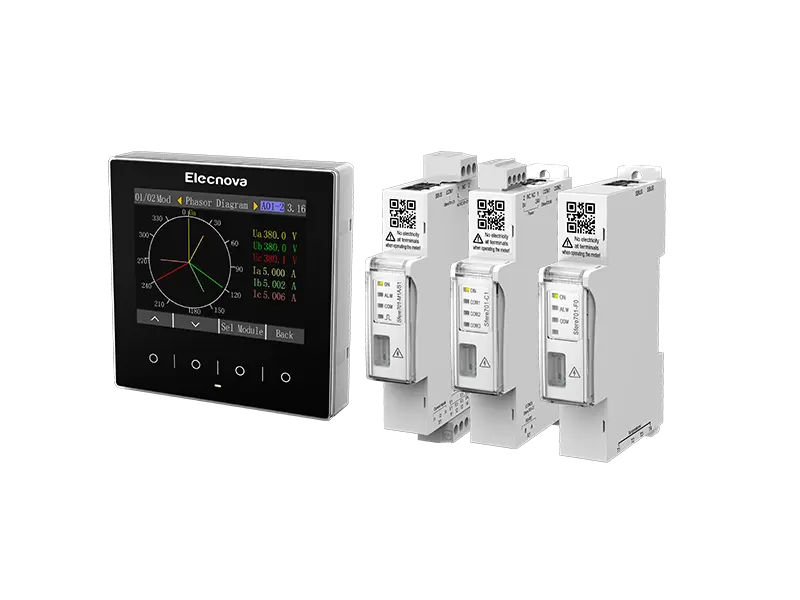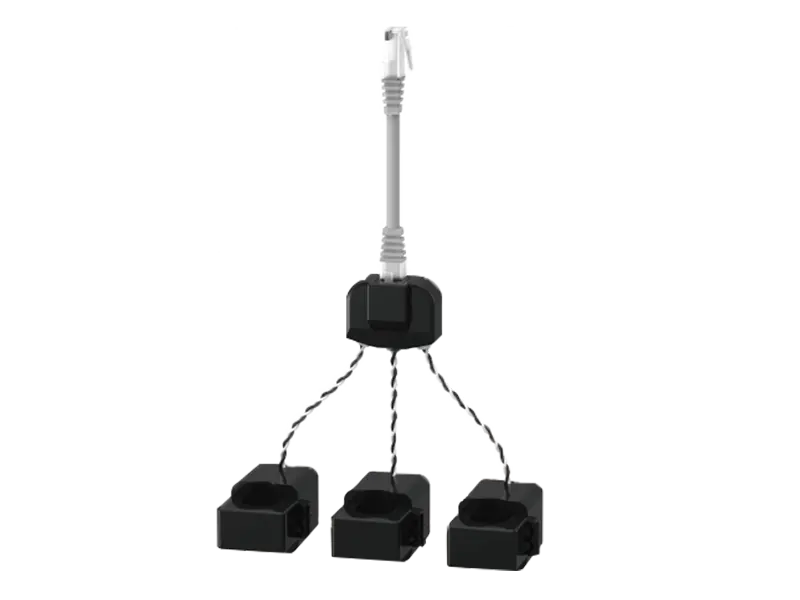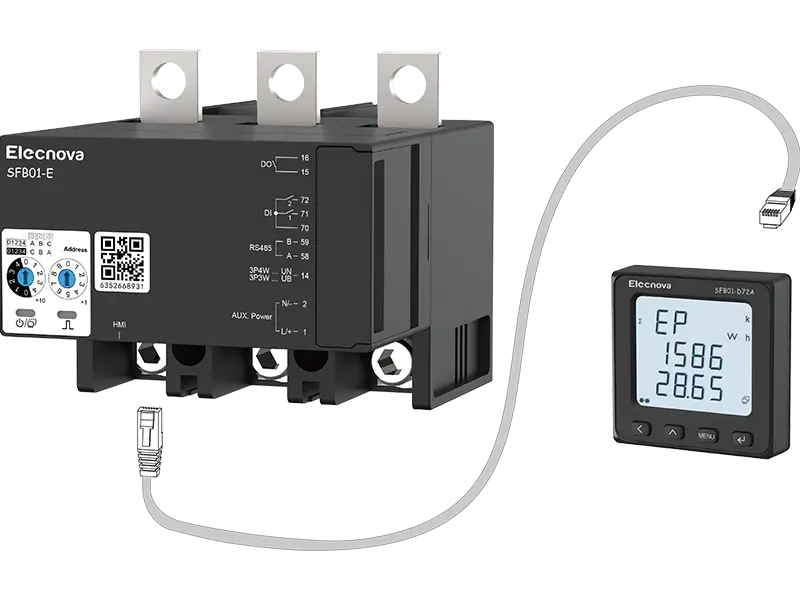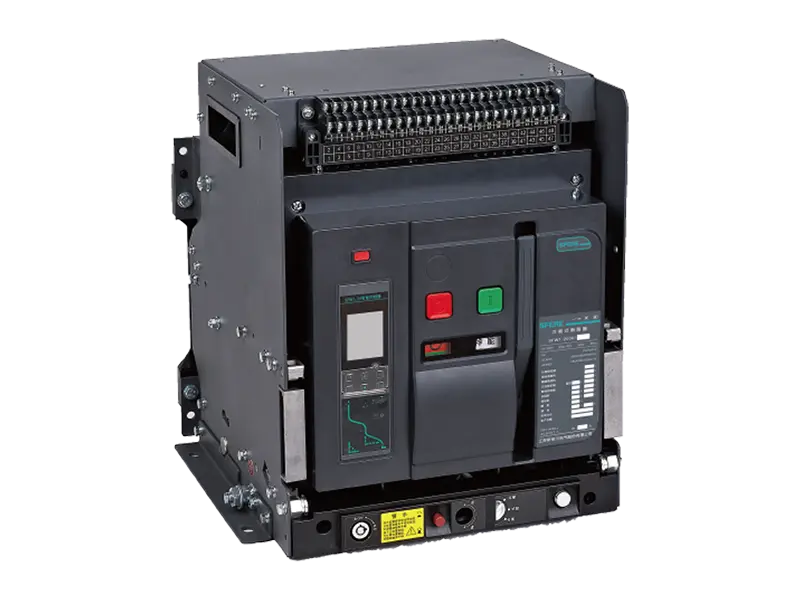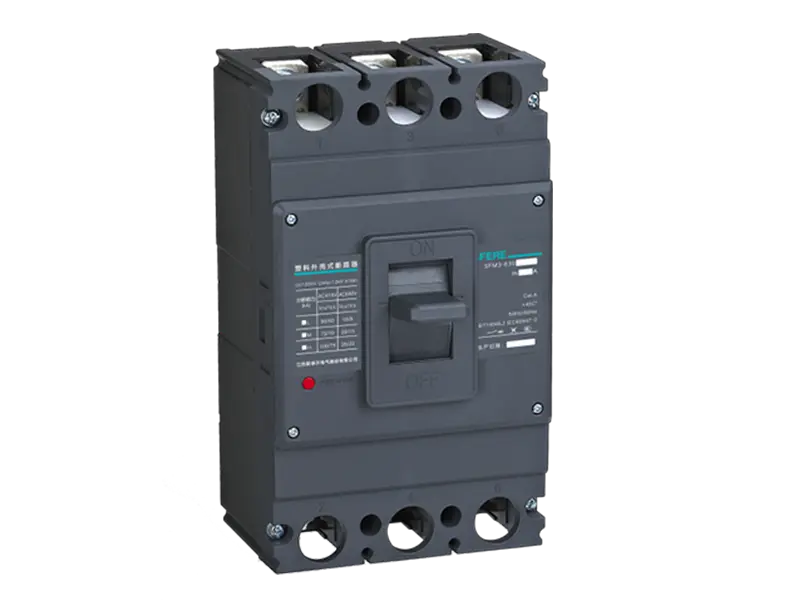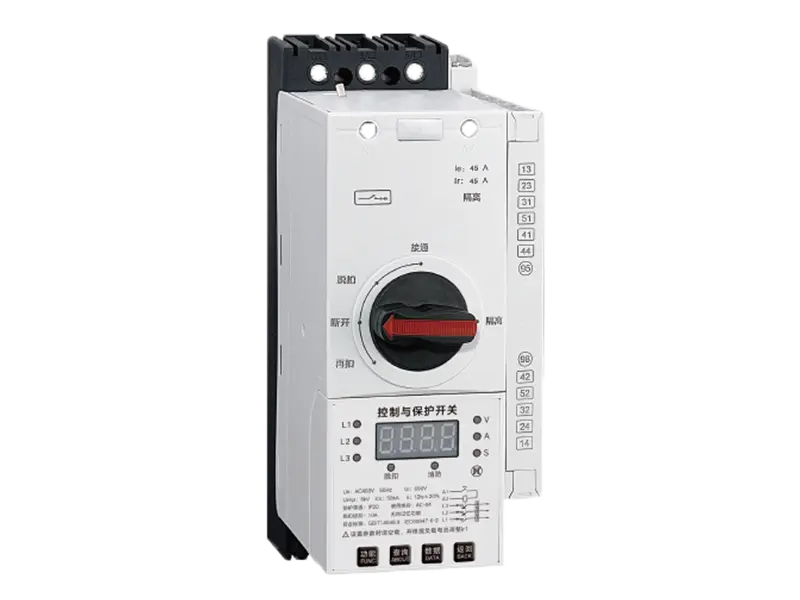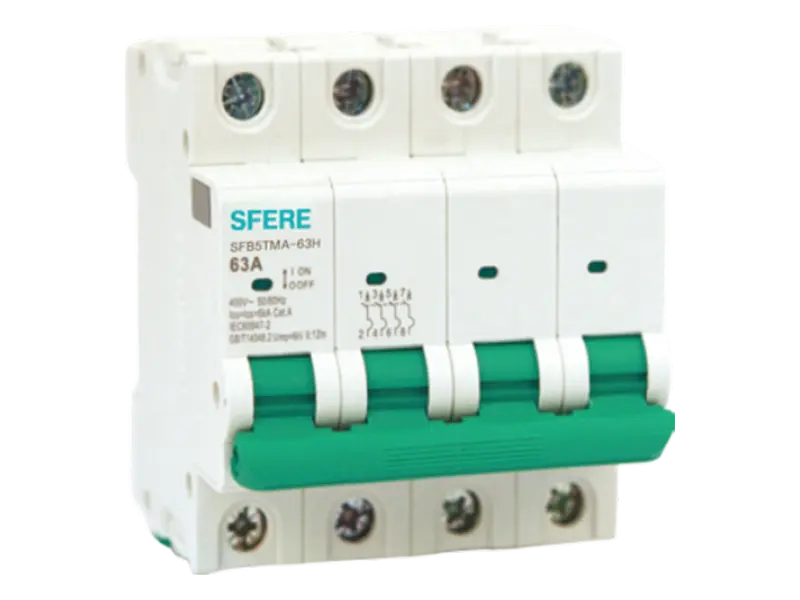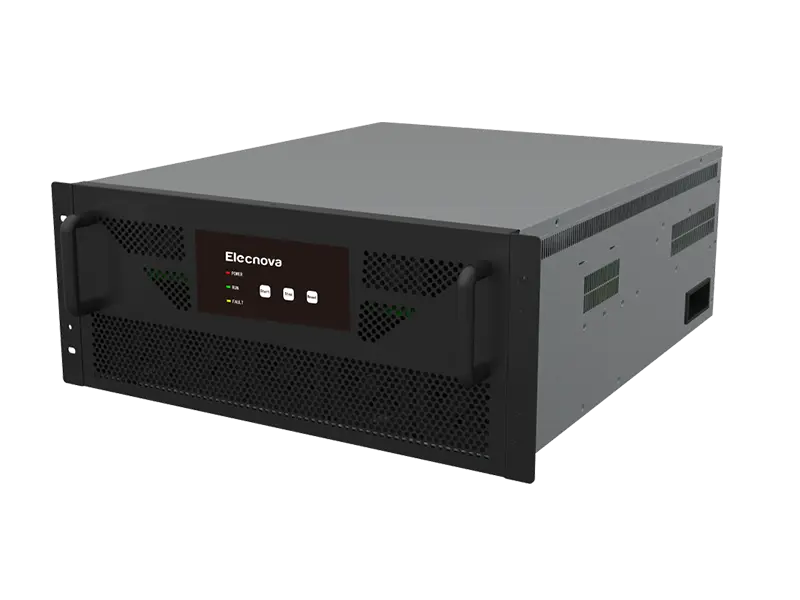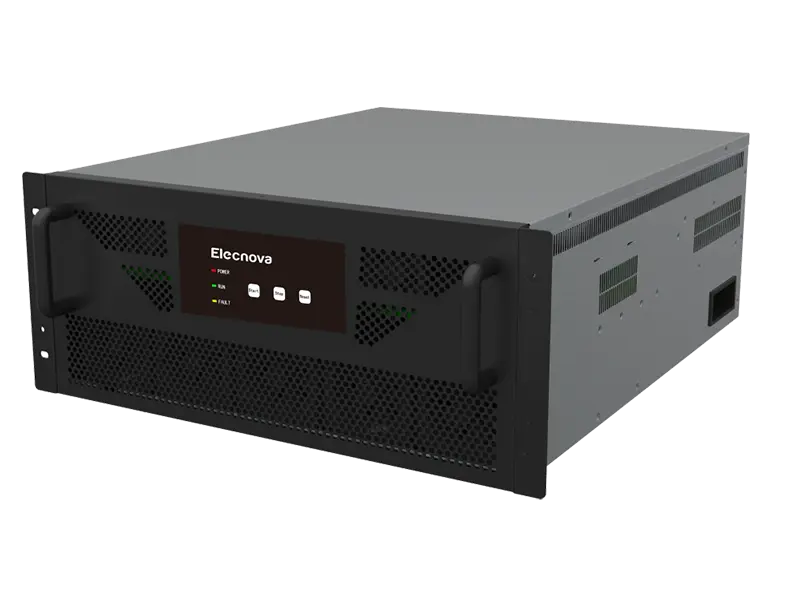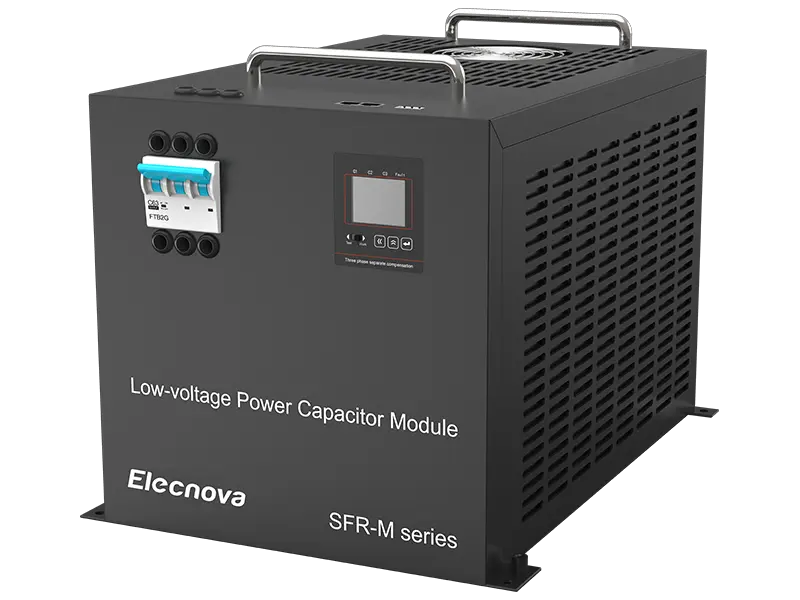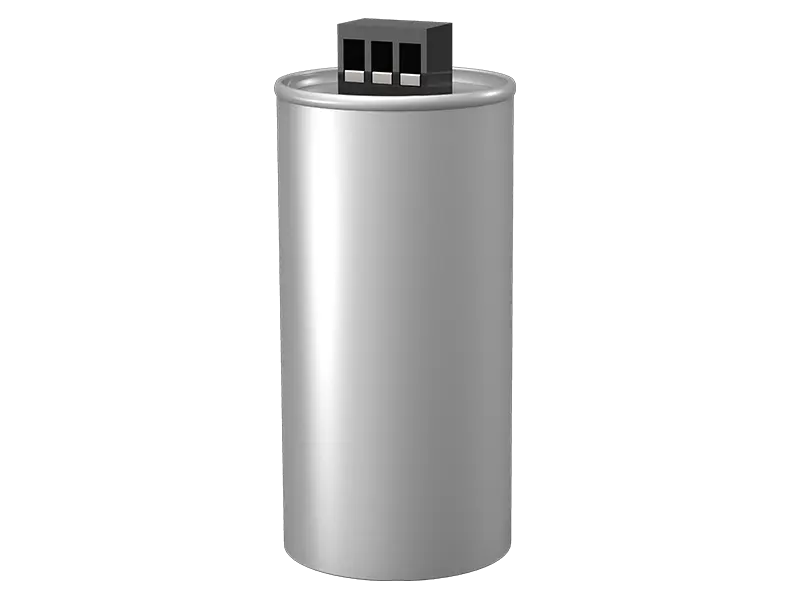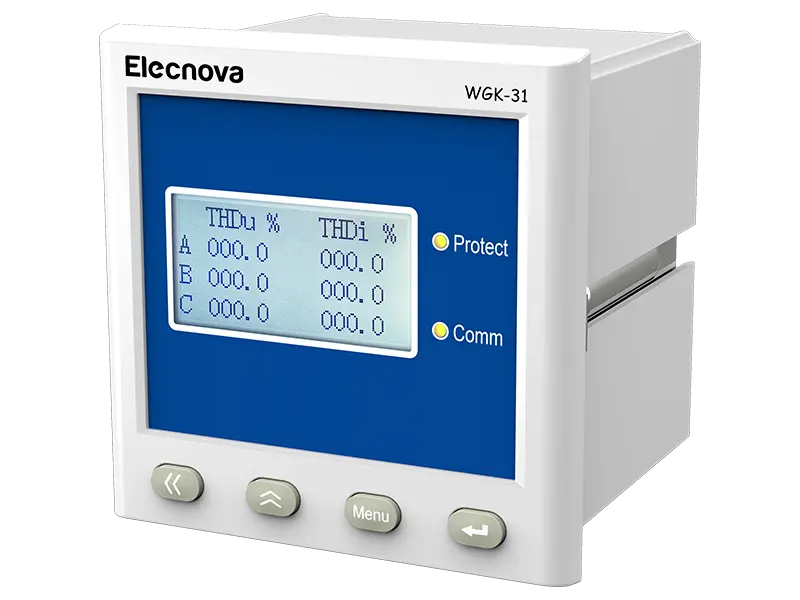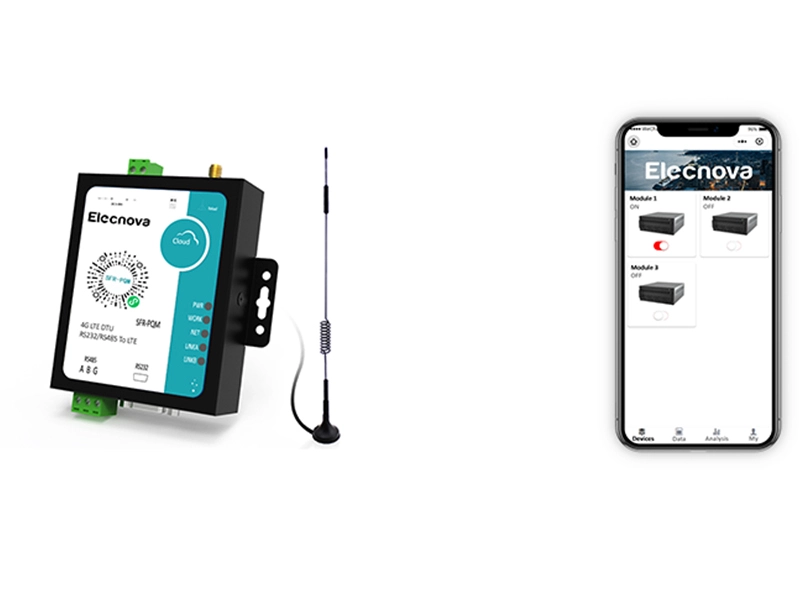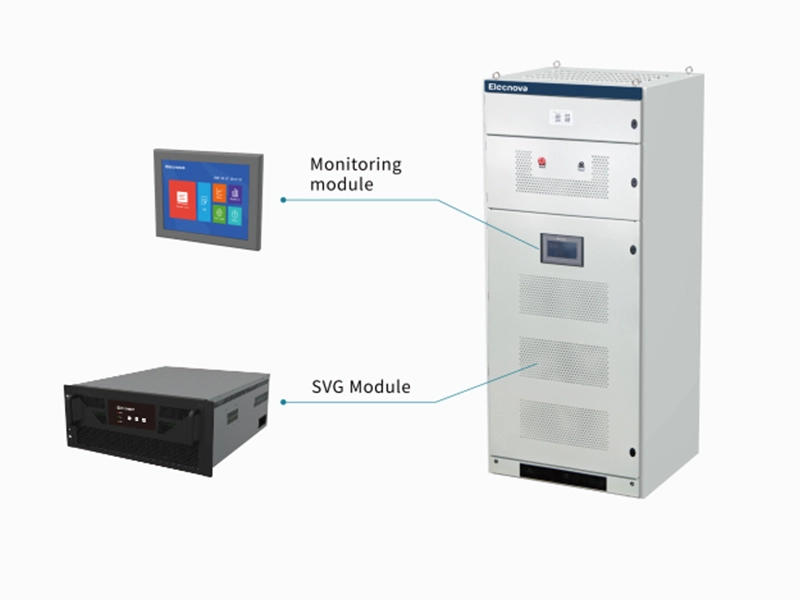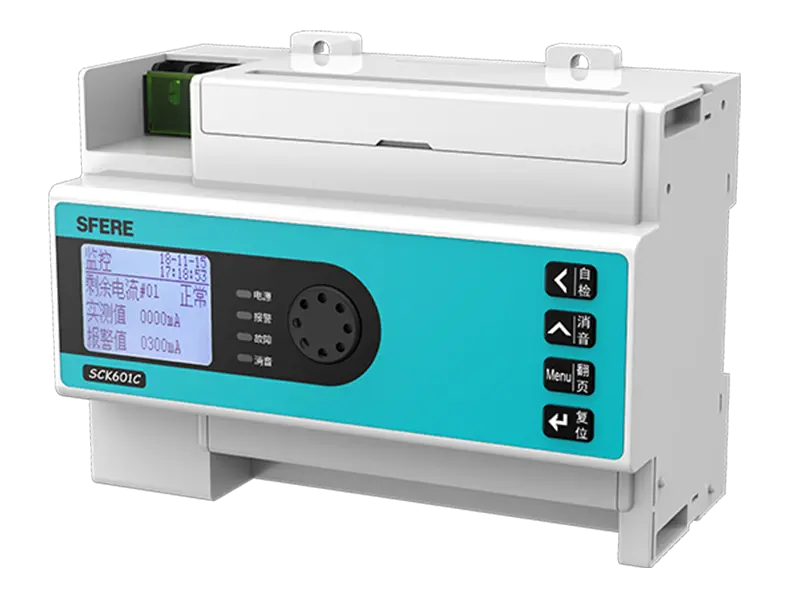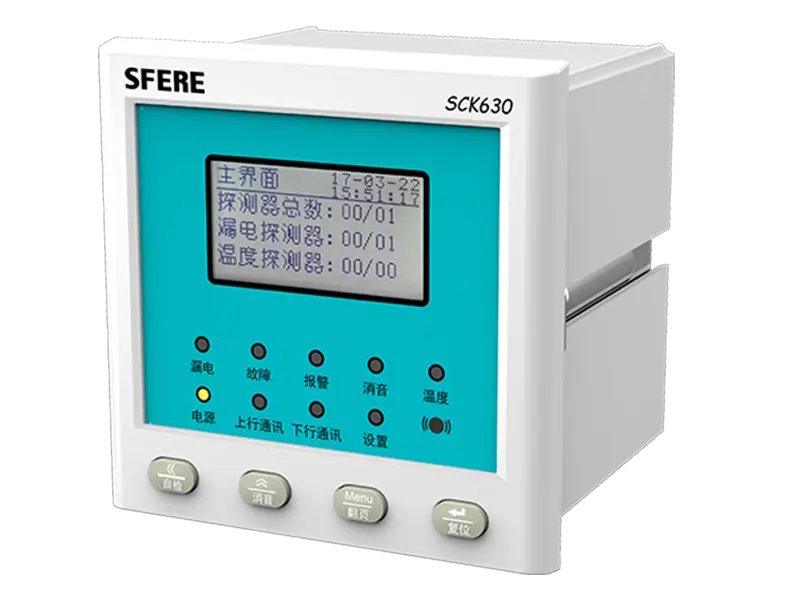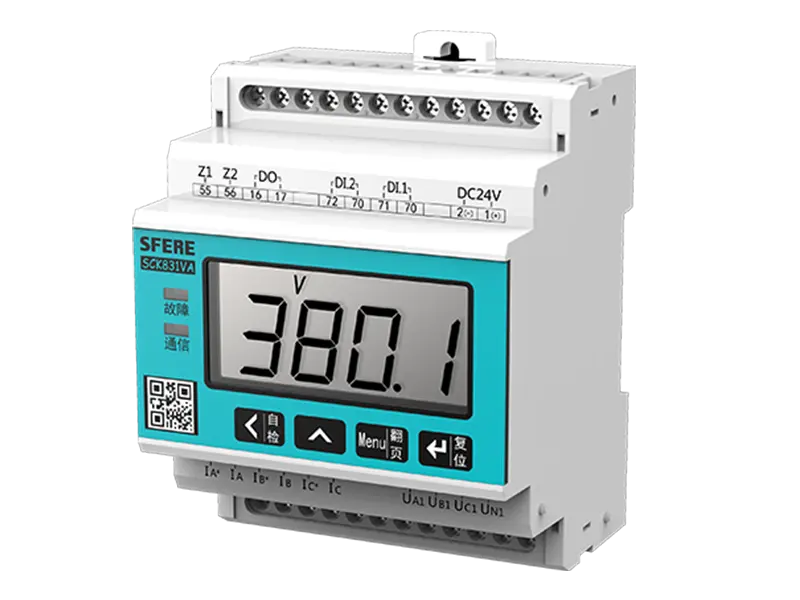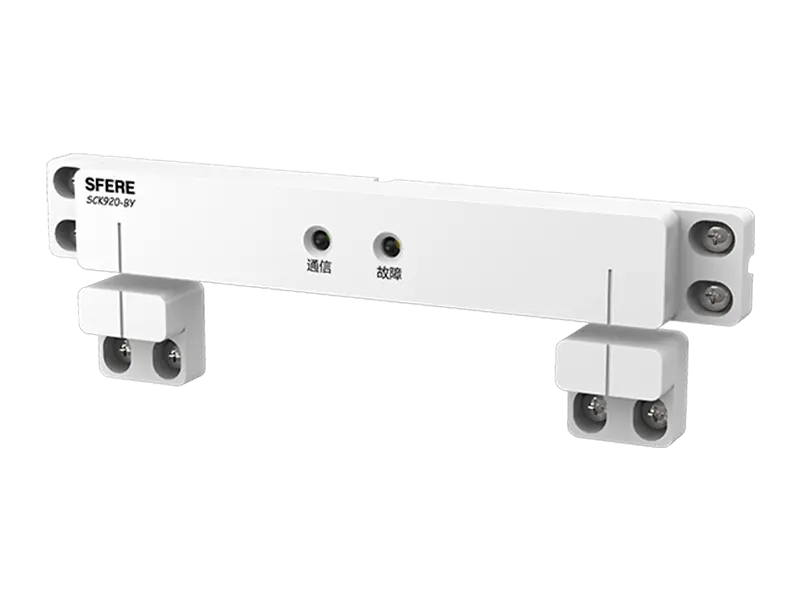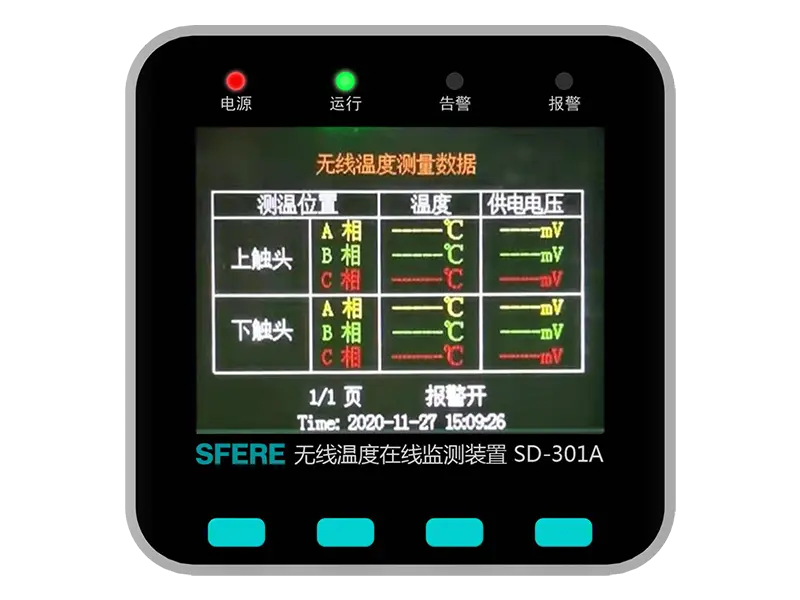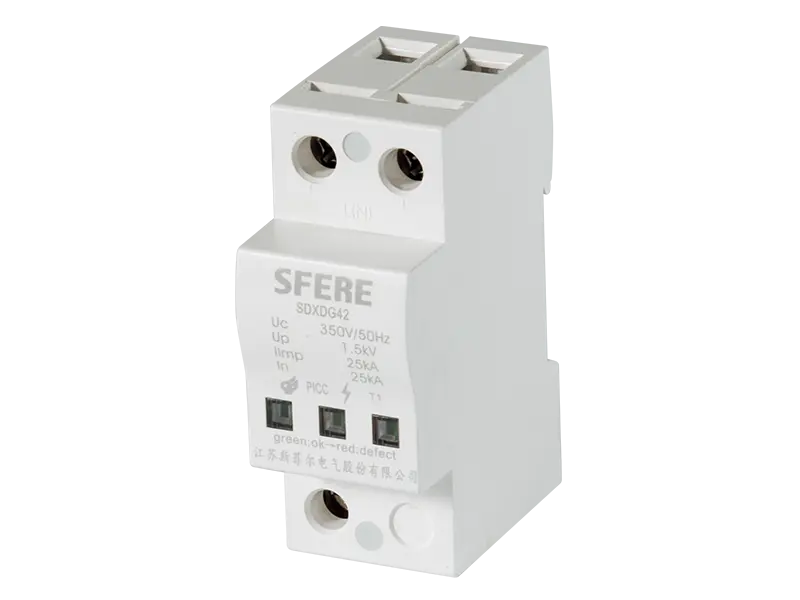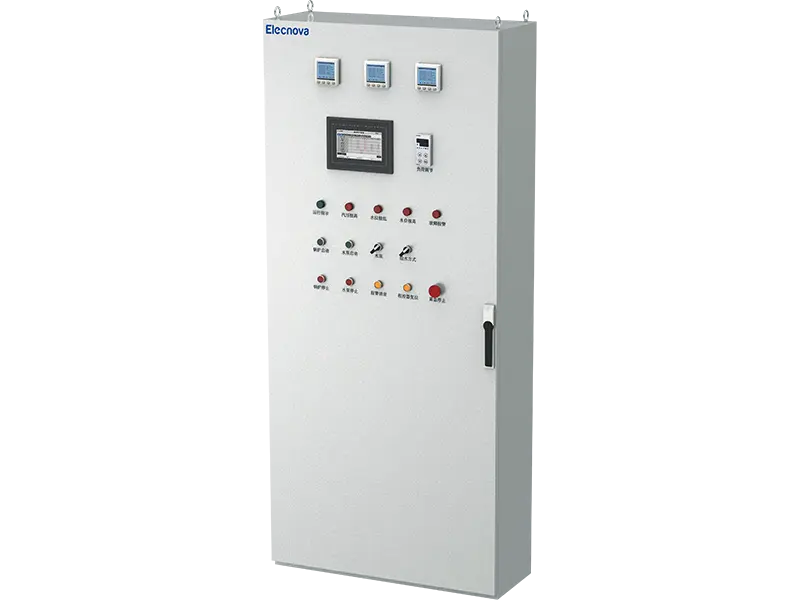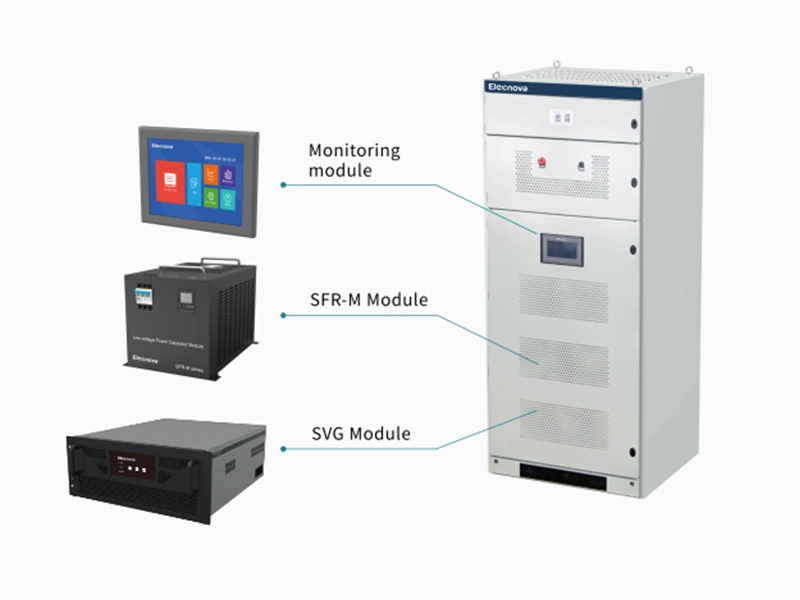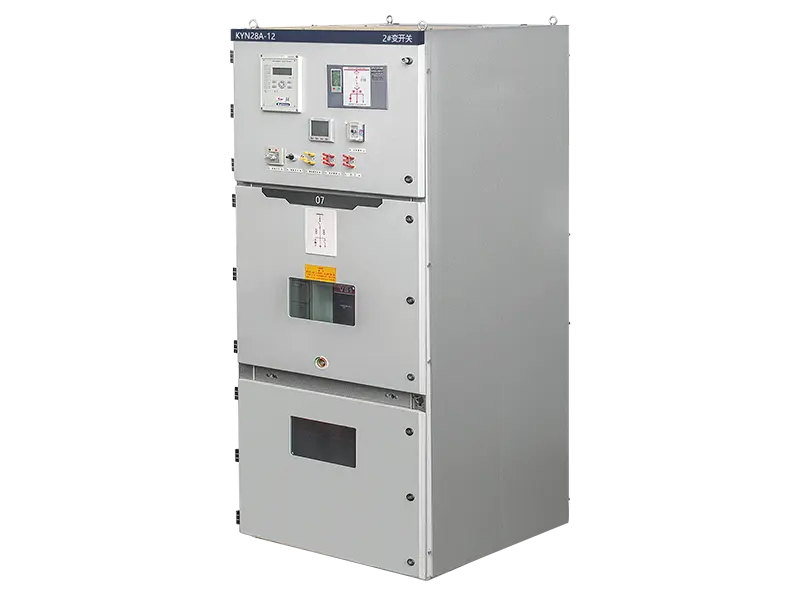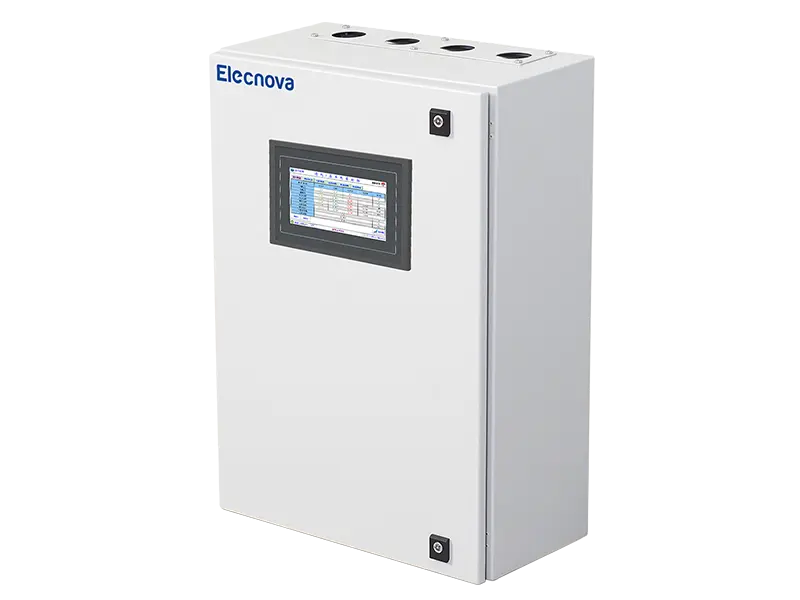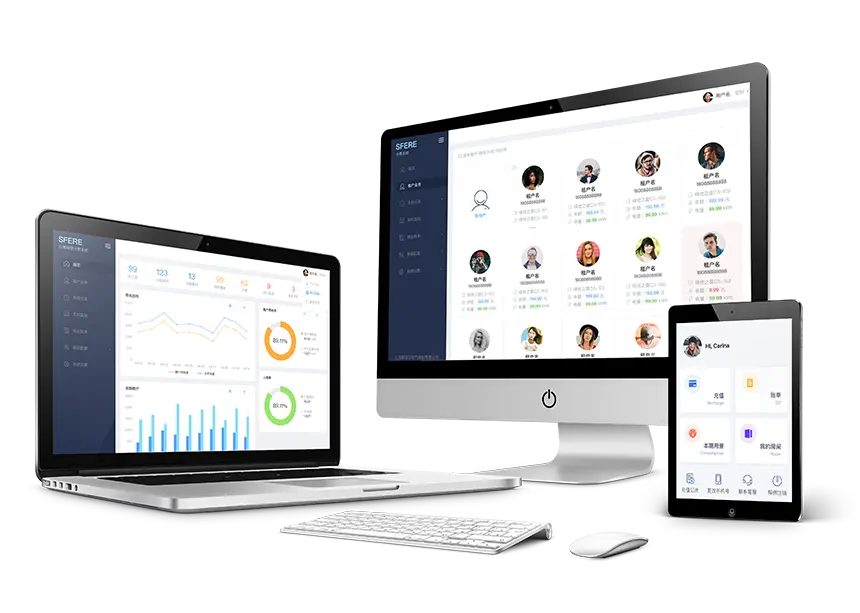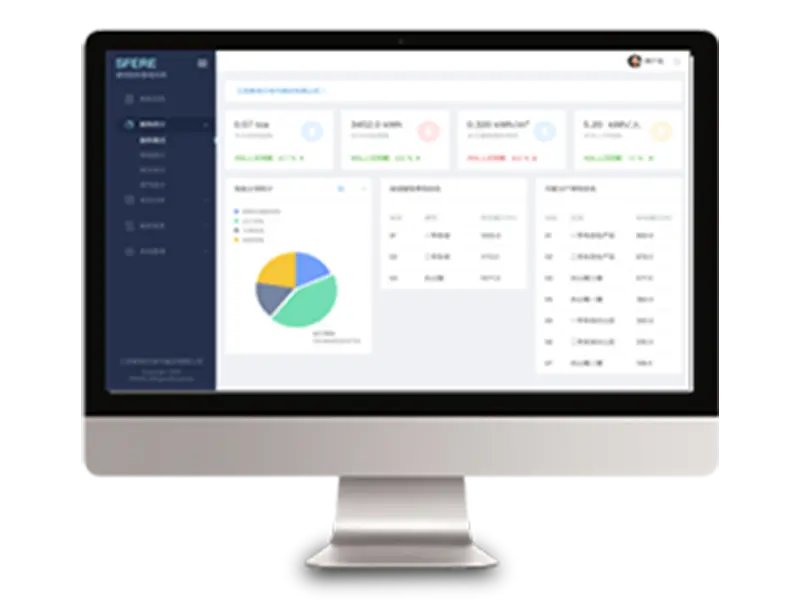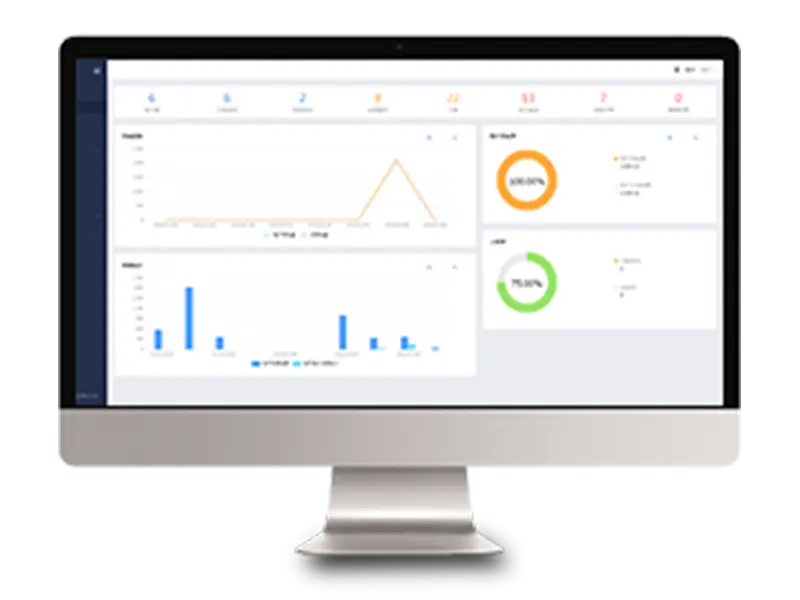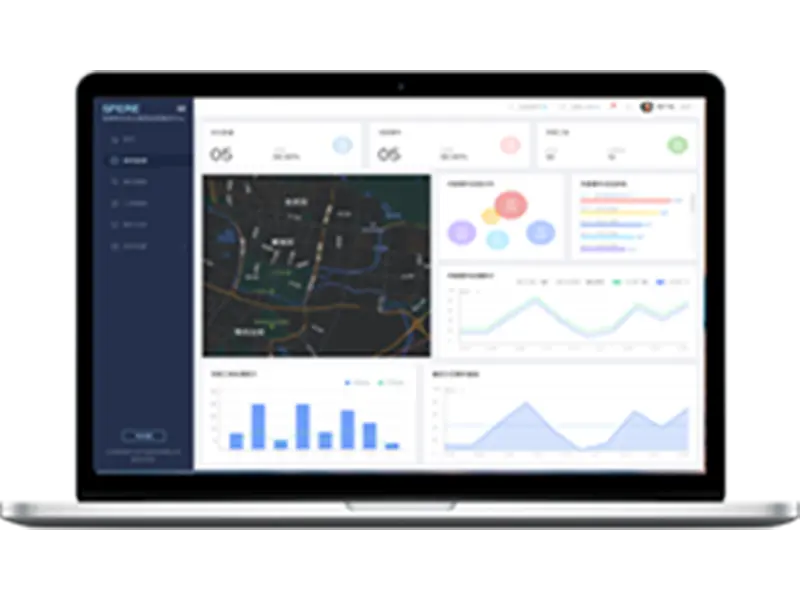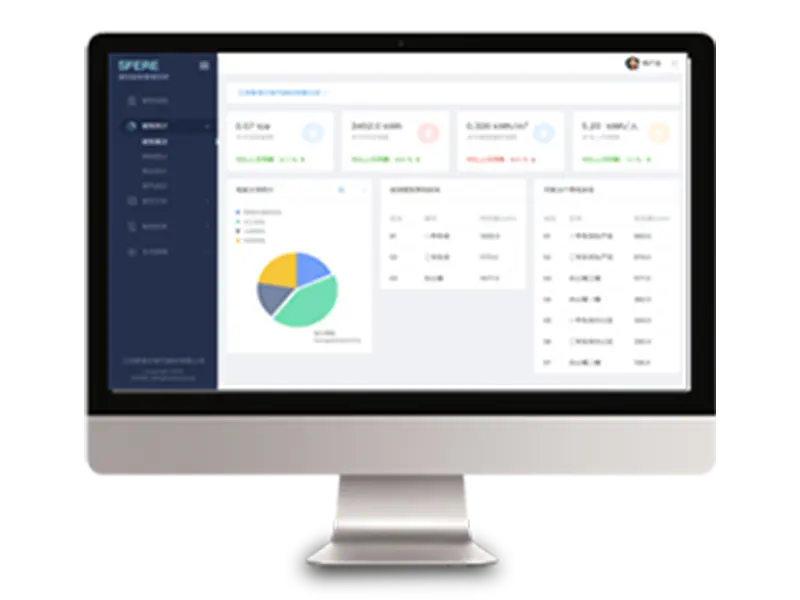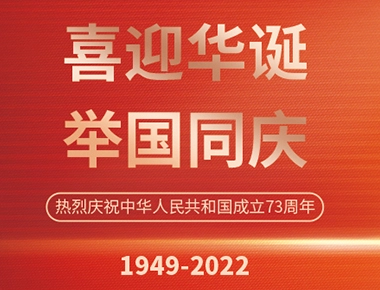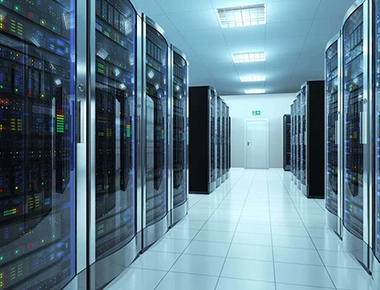With the development of information technology, especially the "Internet plus" action plan proposed at the national level, it will vigorously promote the combination of mobile Internet, cloud computing, the Internet of Things and modern manufacturing, promote the "innovative integration" of the Internet and various industries, achieve the "ecological integration" of information technology and traditional industries, and realize the transformation of informatization, digitization, and intelligence.
System
Sfier Company closely follows the development trend, guided by the demand for power monitoring and maintenance, energy efficiency management improvement, and centered on creating value through data. It integrates advanced intelligent Internet of Things technology into various aspects of electricity users, realizing the digitization, informatization, and intelligence of electricity networks, providing platform support for power operation and maintenance, energy efficiency improvement, and electricity safety, and building a comprehensive service system for equipment interconnection and data sharing.
Build a "2+1+N" product system, create a digital solution for electrical applications with Sfier characteristics, rely on self-developed and self-produced monitoring terminal equipment, communication equipment, and software systems, leverage the advantages of IoT enabling technology, transform user business management forms, comprehensively improve the level of power grid operation monitoring, energy efficiency management, and comprehensive service capabilities.
Two networks
IoT Sensing Network and Data Empowerment Network
1 Platform
Yunjing Smart Internet of Things Management Platform
N multiple systems
Power comprehensive operation and maintenance platform, power monitoring system, energy efficiency management system, smart electricity safety service platform, Yunjing network billing system, rail transit energy supervision system, etc.
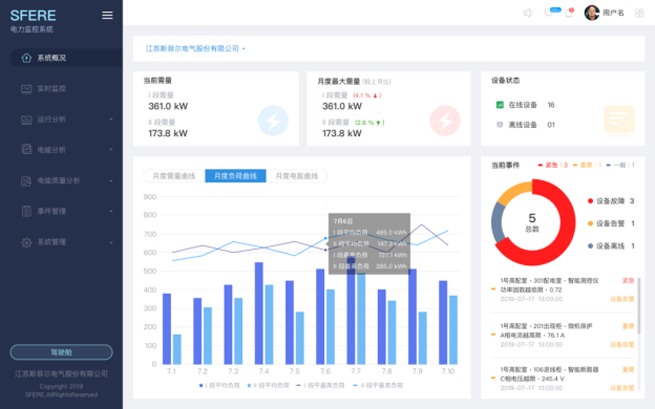
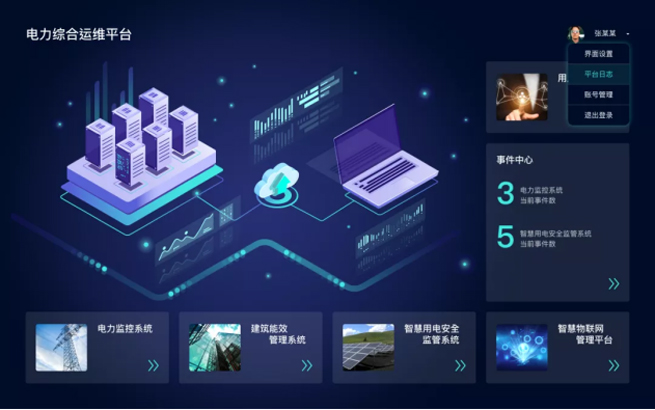
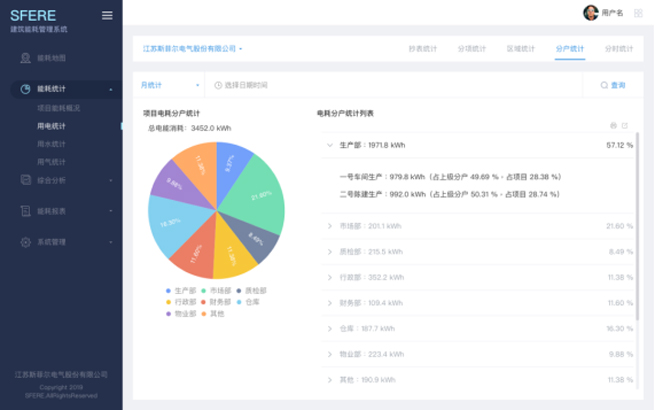
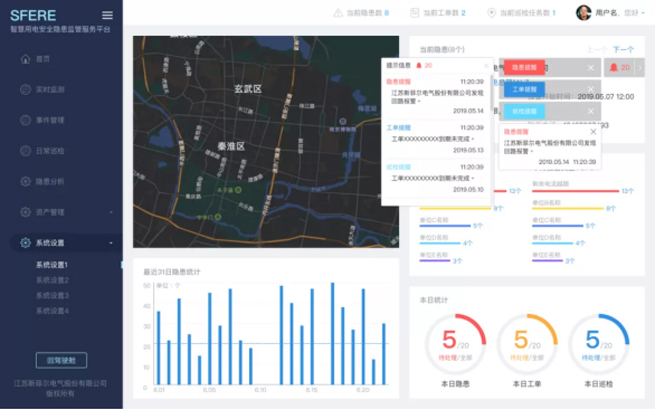
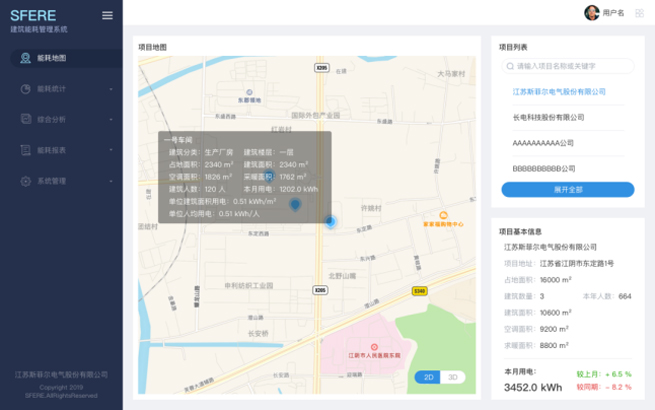
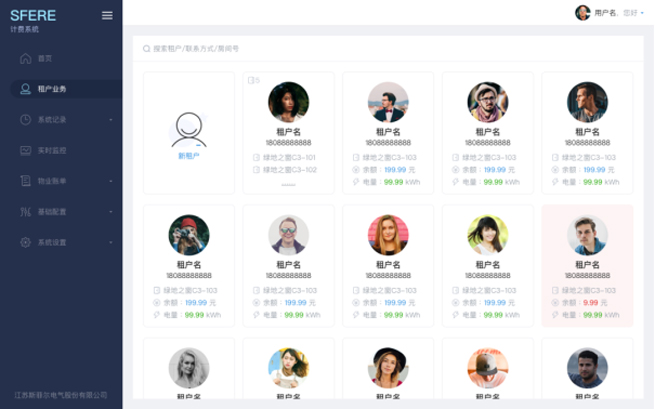
Overall software architecture
Following the technology architecture of the "perception layer, network layer, platform layer, and application layer" of the Internet of Things, combined with actual business scenario requirements, and based on the "2+1+N" product system, construct the overall architecture of the Sifel Electric IoT software.
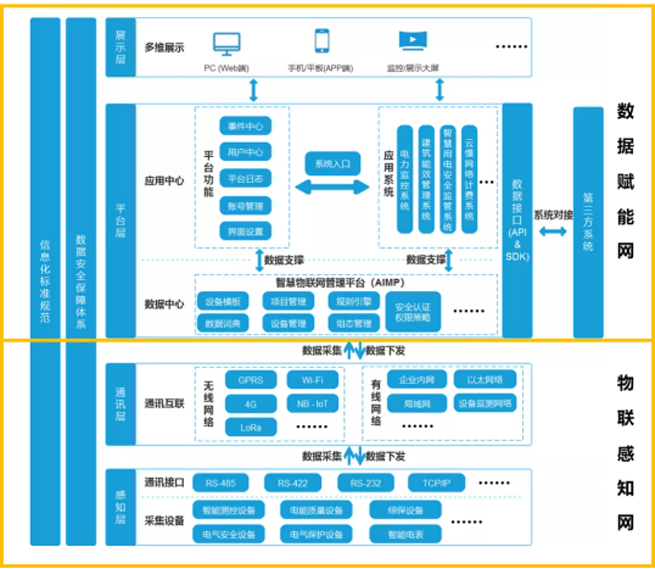
IoT Sensing Network G Perception Layer
Diversified data interfaces and communication protocols enable various types of monitoring terminal devices to access and interact with each other, enabling the collection of basic data such as the operation status, equipment status, environmental status, and other auxiliary information of the distribution network, and achieving real-time holographic perception of data.
T communication layer
Adopting multiple wireless/wired transmission methods to achieve real-time data communication, meeting the actual communication needs of user projects, and achieving flexible deployment of user monitoring terminal equipment and communication equipment.
Data Empowerment Network P Platform Layer
The Yunjing Smart Internet of Things Management Platform realizes data collection, summarization, cleaning, and processing, providing project, equipment, and configuration management functions; Support the application center's various business systems to provide business services to users, while also providing diverse security data interfaces to achieve data integration with third-party systems.
Y Application Center (Application Layer)
The application layer is the technological core of the Internet of Things, where the data obtained by the perception layer and communication layer is calculated, processed, and mined. Based on user business application scenarios, numerous solutions have been constructed, including the power comprehensive operation and maintenance platform, power monitoring system, energy efficiency management system, smart electricity safety service platform, Yunjing network billing system, and rail transit energy supervision system. These solutions provide users with corresponding business and data services, which is a manifestation of the core value.
Z Display Layer
The medium for interaction between business applications and users, providing web and app ends to meet the mobile office needs of users, and providing cockpit and panoramic cloud images to meet the large screen display needs of user monitoring centers.
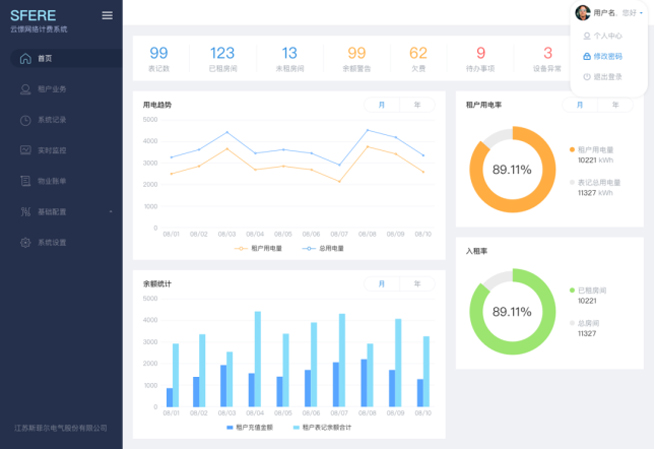
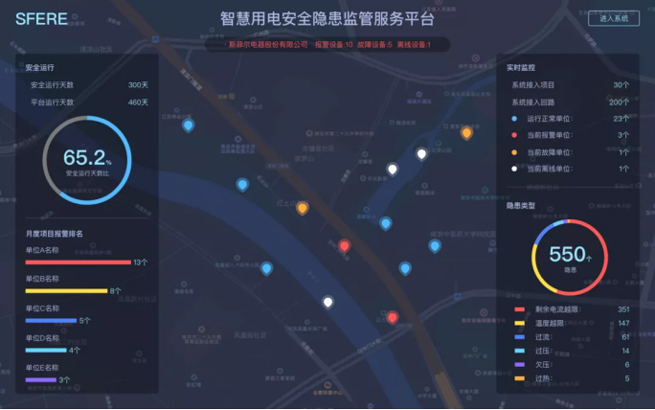
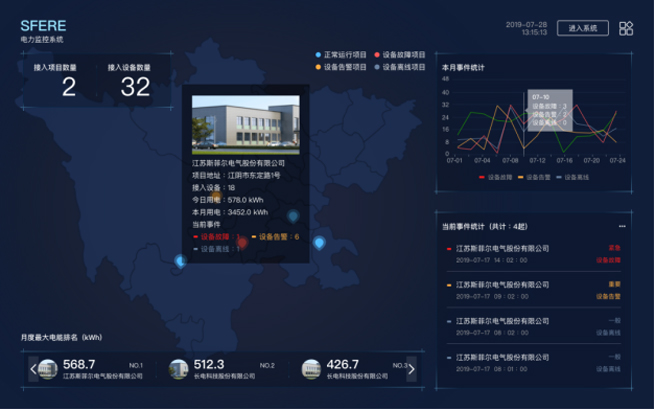
Advantage multi protocol support
Supports access to a large number of mainstream protocols, including communication modules such as 2G, 4G, NB IoT, WiFi, LoRa, etc., to meet device access requirements and ensure data sharing.
Full business connectivity
Realize comprehensive connection between data collection, user data, and business data of various types of monitoring terminal devices, achieve sharing and sharing of data after a single collection, and provide comprehensive support for business applications.
Can be horizontally expanded
Support server horizontal scaling, and when new servers join the cluster, the number of server-side requests and devices will experience linear growth.
IoT Rule Engine
Use flexible rules and plugins based on device properties or message content to process incoming device data and transfer it to external systems or trigger alerts. Can send commands to devices.
Highly available database
Using TimescaleDB temporal database, fully supporting all PostgreSQL native SQL, including a complete SQL interface, with its time oriented features, providing reliable data storage, transparent time/space partitioning, high data read and write rates, and powerful scalability.
Automated deployment
In the Docker environment, CI/CD tools are used to achieve continuous integration and continuous deployment functions, automatically completing the build, test, and deployment cycles to quickly deliver high-quality products. By implementing functions such as error localization, root cause analysis, and log tracing through large-scale automation, work efficiency is significantly improved.
Intelligent resource scheduling
Implement automatic management functions such as container resource deployment, scheduling, and scaling through K8s (Kubernetes). Through this technology, server resource load balancing and intelligent traffic allocation are automatically achieved, new containers are automatically deployed and quickly applied, garbage data is automatically organized, faulty containers are automatically repaired and replaced, providing higher security guarantees for storing and managing sensitive information.
Microservice architecture design
Microservice Architecture is an architectural concept aimed at decoupling solutions by decomposing functionality into discrete services. By effectively disassembling software application services and using an independent development environment, agile development and deployment can be achieved, improving the ability to control complex issues in the development process, enhancing scalability, flexible technology selection, and greatly improving usability.
High security guarantee
Supports MQTT and HTTPS encrypted transmission protocols. Support device authentication and credential management. Comprehensive scanning of project code is achieved through tools such as OWASP ZAP, fully identifying and locating injectable vulnerabilities in the code, providing high security guarantees for software products.
Comprehensive independent research and development
From the hardware level of monitoring terminal devices and gateway devices, as well as the embedded software of devices, IoT platform software, and business application software, achieve comprehensive independent research and development, master mainstream technology, grasp market demand, focus on core technology innovation and product application service experience.
Team strength
Szfel Company has a modern and innovative R&D team with over 200 high-end technical talents. As a high-tech enterprise and a "dual soft enterprise", SF Electric always adheres to the development concept of independent innovation, with abundant scientific and technological achievements. Currently, it has obtained more than 200 effective patents, more than 100 software copyrights, more than 10 invention patents, and participated in the compilation of more than 10 national and industry standards, enjoying a high reputation and market position in the industry.
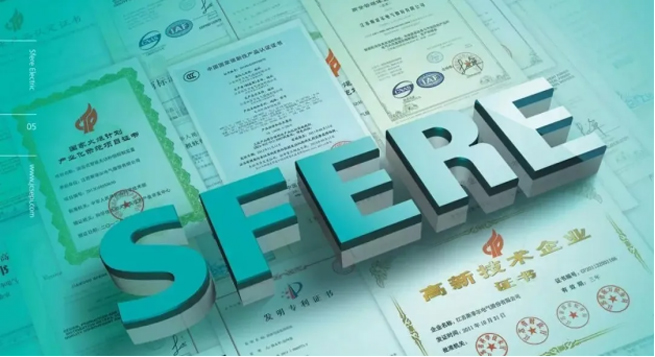
Digital transformation
The digital transformation of traditional enterprises has become an inevitable trend. Achieving digital transformation and keeping up with the pace of digital transformation will bring significant economic development to enterprises.
To achieve digital transformation and build a "digital ecosystem," enterprises need to complete three tasks: digital transformation of management concepts, digital transformation of management methods, and digital transformation of technological capabilities.
G Management Concept Digital Transformation
Enterprise decision-makers (managers) need to become the "leaders" of digital transformation, and their decision-making concepts should shift from empirical judgment to "data speaking" and "intelligent decision-making".
Digital transformation of G management mode
Following the management philosophy of Industry 4.0, the goal is to promote the digital transformation of core businesses, production processes, and operational management, connect the three major data streams of horizontal, vertical, and end-to-end, and achieve the ability of "data interconnection" between equipment, operation and maintenance personnel, and management.
J Technology Capability Digital Transformation
Accelerate the deployment of basic equipment and the application of new generation information technology, with important technological capabilities such as big data, cloud computing, and deep learning, to provide strong support for enterprise digital transformation.
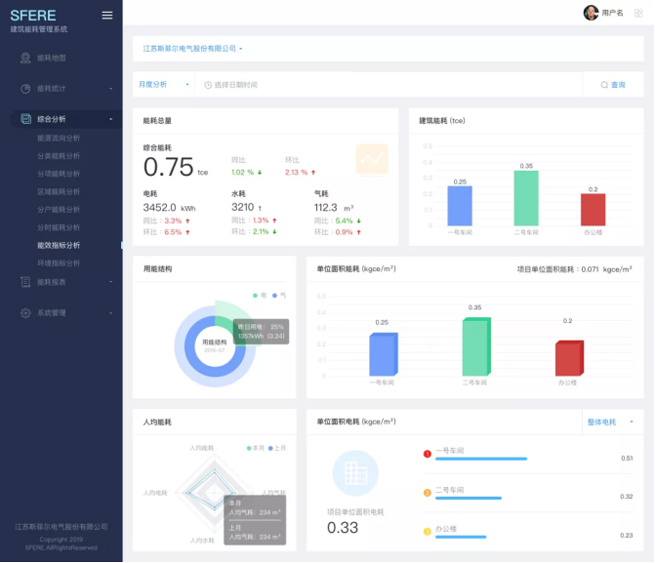
Write at the end
In the era of information technology, technologies such as big data and cloud computing have undergone exploratory development in the early stages and have gradually sunk into industries and industries. The era of data-driven transformation has arrived.
In the digital age, the popularization of information technology has made market changes more rapid, and enterprises are facing more opportunities and challenges. The development of the digital economy has been recognized by the Chinese government as an important economic form and a new driving force for innovative growth, as well as an important support for promoting supply side structural reform.
The "Digital Solution for Electrical Applications" of Sfier Company collects equipment operation data and energy statistics data, applies technologies such as multi-source heterogeneous data analysis, deep machine learning, data-driven optimization, and intelligent comprehensive judgment, and provides solutions for enterprise electrical equipment monitoring and management, energy metering management, and energy efficiency comprehensive control through load forecasting, energy consumption simulation, etc., helping enterprises build an efficient, energy-saving, low-carbon, green, and safe intelligent and digital management system, and achieve digital transformation better and faster.


